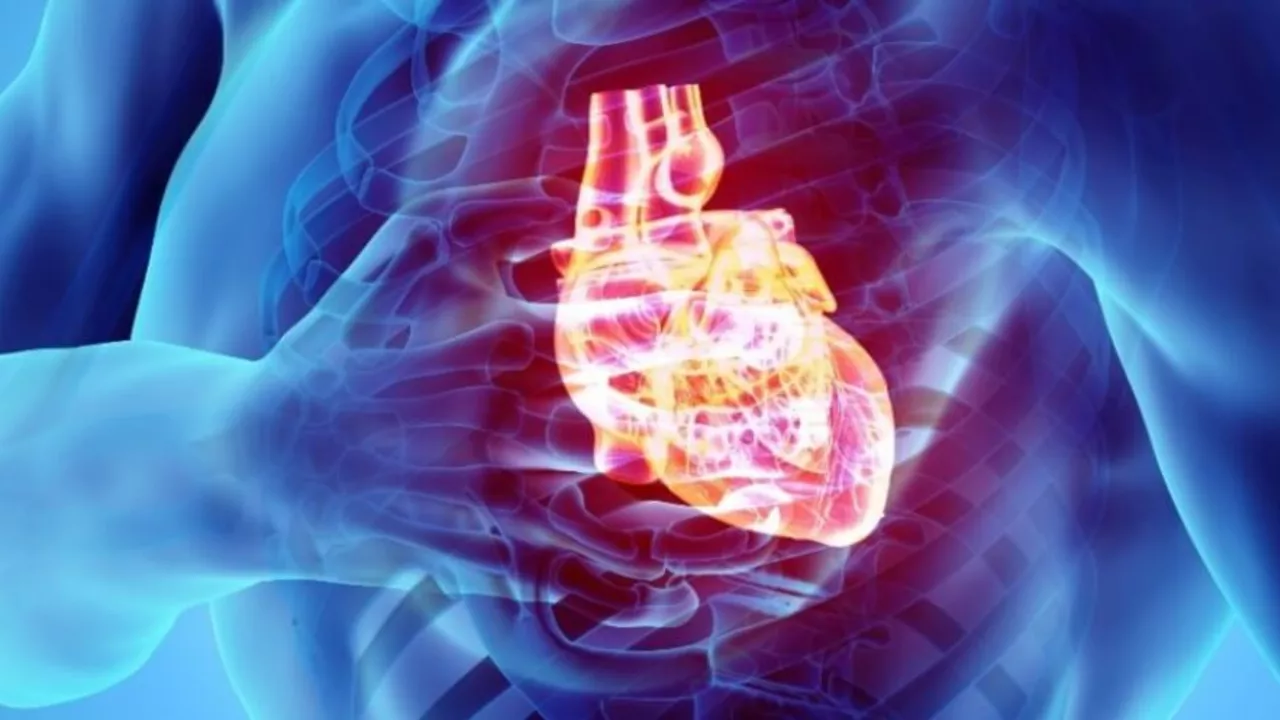Cardiac Arrest – What Every Sports Fan Should Know
When dealing with cardiac arrest, a sudden loss of heart function that stops blood flow to the brain and other vital organs, quick action can be the difference between life and death. Also known as sudden cardiac death, it often occurs without warning, especially during intense physical activity. Understanding the basics helps you stay calm if a player or spectator collapses.
First aid is the first line of defense. first aid, basic emergency steps like checking responsiveness, calling emergency services, and starting CPR gives you a fighting chance before professionals arrive. In a packed stadium, a single bystander trained in CPR can buy precious minutes for the victim.
A defibrillator can reset a heart that’s gone flat. defibrillator, an automated external device that delivers a shock to restore a normal rhythm is now a staple in many sports venues. When used correctly, it boosts survival rates from under 10% to over 70%.
Emergency response ties everything together. emergency response, the coordinated effort of EMS, medical staff, and on‑site volunteers ensures that after CPR and defibrillation, the patient gets advanced care quickly. In modern arenas, response teams practice drills every season.
Why it matters in sports
Sports generate adrenaline, and adrenaline can mask early warning signs of heart trouble. Athletes with undiagnosed conditions are at higher risk, and fans often overlook their own health during nail‑biting games. From football to cricket, sudden collapses have shocked crowds. Knowing the signs—chest pain, shortness of breath, faintness—helps you spot trouble before it turns into full‑blown cardiac arrest.
Many of the stories you read on this site talk about high‑energy moments, like a last‑minute goal or a surprise comeback. Those moments can also trigger dangerous heart rhythms in vulnerable individuals. That’s why venues now place defibrillators near seating, and why clubs run regular health screenings for players.
Training isn’t just for professionals. Community soccer leagues, school teams, and local clubs all benefit when coaches learn CPR. A simple 2‑hour workshop can turn a parent into a lifesaver. When you hear a crowd go silent because a player collapses, you’ll know exactly what to do.
Technology keeps getting better. Modern AEDs give voice instructions, automatically analyze heart rhythm, and even log the event for medical follow‑up. Pair that with smartphone apps that alert nearby certified responders, and you have a network that can act in seconds.
Below you’ll find a mix of articles covering everything from the excitement of a football sprint to the hard facts about emergency preparedness. Whether you’re curious about why certain cities lack teams, how military service ties into college sports, or the odds of luck in baseball, each piece touches on the high stakes that make quick medical action so crucial. Dive in, and you’ll see how understanding cardiac arrest can change the way you watch and enjoy any game.
In my latest research, I discovered that while gas and acidity can cause significant discomfort, they don't directly lead to cardiac arrest. However, severe heartburn or acid reflux can mimic symptoms of a heart attack, causing panic and stress, which in extreme cases could contribute to heart issues. It's crucial to differentiate between heartburn and heart symptoms, so don't hesitate to seek medical advice if in doubt. Keep in mind, maintaining a balanced diet and healthy lifestyle can prevent both acidity problems and heart diseases. So, while there's an indirect link, gas and acidity don't directly cause cardiac arrest.

 Sports News
Sports News